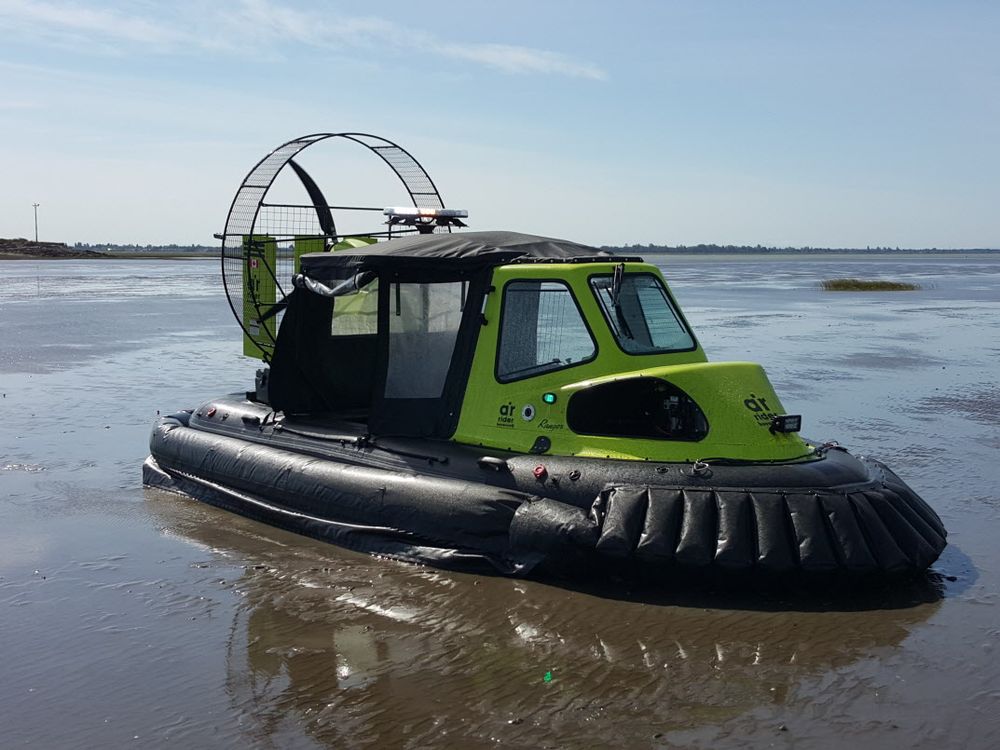Have you ever glided across the water as smoothly as you might on a hovercraft? Chances are you won’t have done! Hovercrafts are amazing inventions which allow you to traverse plains of water without having to exert much in the way of energy or effort. Take a look below for 14 fun and interesting facts about hovercrafts.
1. A hovercraft works by effectively floating above water. This means that it runs with a special engine that forces the vehicle up above the water and which also propels it along. As you can imagine, that’s going to take plenty of thrust.
2. It works by sucking in air from its rear fan(s), and the blowing or transferring this underneath. Effectively, it is a very clever way to take in air from one side of the vehicle and to transfer it elsewhere to provide a double thrust of sorts.
3. A hovercraft isn’t just ideal for using on water, as it will also work on land. It can be very useful to help you get across large patches of ice or even swampland, too. Some even use hovercrafts in desert situations where sand is too risky to traverse any other way.
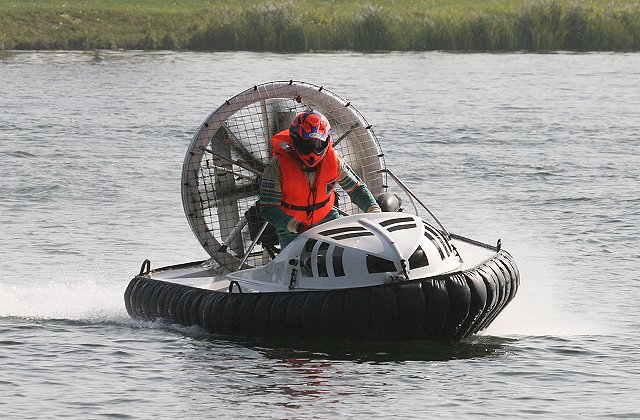
4. The first-ever hovercraft race took place in 1960.
5. There have been many different engines put to use in hovercraft over the years. For example, some innovators and drivers have set up craft with lawnmower engines! However, heavier models for military use, for example, can use rows of engines with up to seven or eight of them working at once.
6. Hovercrafts have a variety of different names and monikers, for example, you may see them referred to as skimmers from time to time. The reason for this should be pretty obvious – they skim across the water like stones!
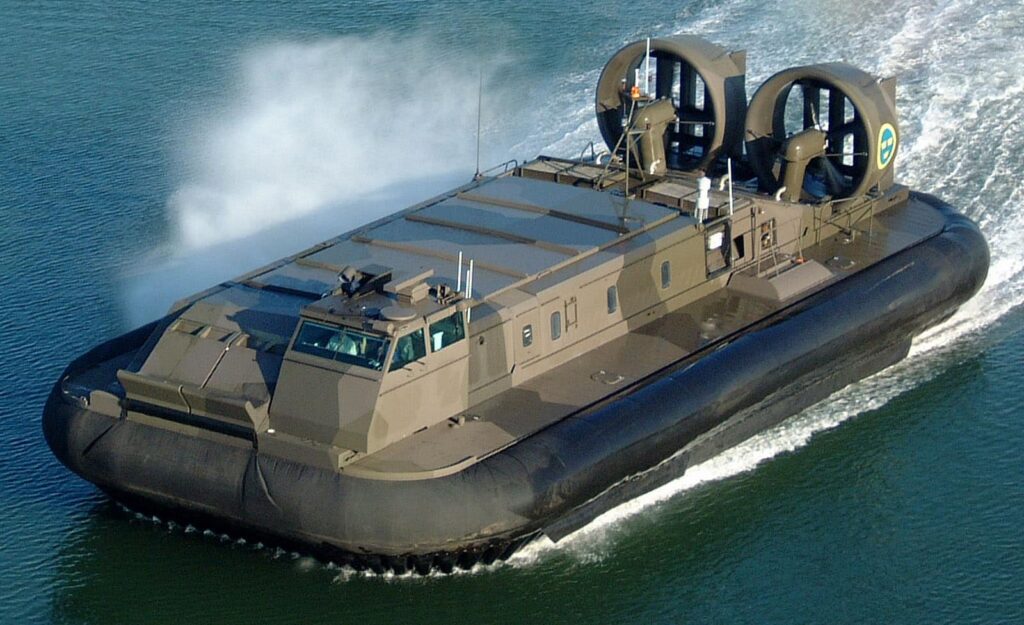
7. A hovercraft will slightly touch the surface of water or land it moves itself along. It rides on an air cushion of sorts.
8. Hovercrafts are used for various different purposes, for everyday recreational use as well as for commercial and military reasons. For example, many people use hovercraft for surveys, dive rescue and recoveries, cross-terrain transport, swamp, and ice rescue, heavy equipment transfer, oil cleaning, bird rescue and more besides. Many people use hovercraft to get the thrill of flying without needing to take up any kind of formal licence. It’s a really safe way to travel!
9. Hovercraft have only really been around since the 1950s thanks to the innovator Sir Christopher Cockerell. However, the ideas and concepts behind hovercraft travel have actually been in motion since the 1870s. Thankfully, technology had progressed enough by the 1950s for Cockerell to perfect the ideas initially drafted by Sir John Thornycroft.
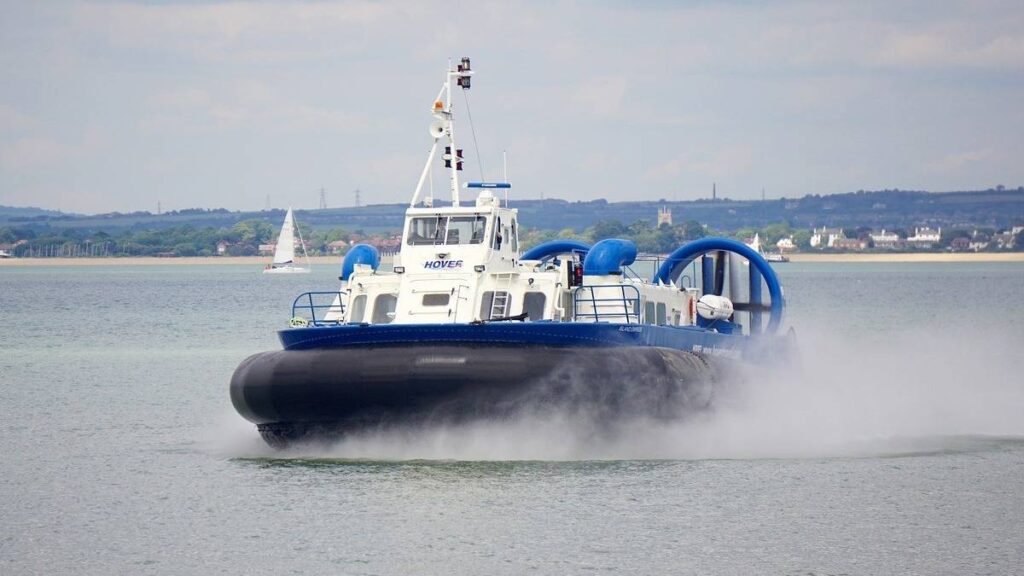
10. The fastest speed for a Navy warship was achieved by a hovercraft in the US forces in 1980. Weighing around 100 tonnes, the SES 100-B was able to speed up to a staggering 170 kilometres per hour.
11. Hovercraft can move quicker than you might think – despite how bulky and unwieldy some of them might look!
12. Generally, you can expect hovercraft to hit speeds of around 56 kilometres per hour, however, general max speed for lighter, more contemporary systems might reach up to 112 km/h.
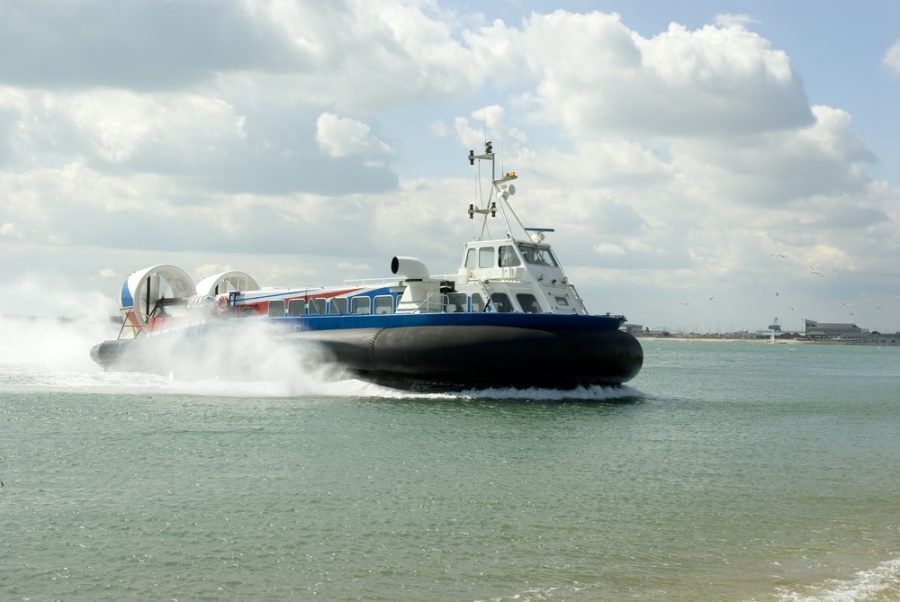
13. There is a separate record for the fastest hovercraft, and that belongs to Bob Windt. He claimed the accolade in 1995, sailing his own DiscoverHover One machine down Portugal’s Rio Douro. He achieved a blistering speed of 137 km/h on water – that’s truly eye-watering.
14. Other parts of the hovercraft include the hull and the skirt. A hovercraft hull is made from toughened material such as fibreglass or aluminium, whereas the skirt is made from a looser material built and coated to interact with water.
15. Hovercraft tend to be extremely bulky, which is why it’s all the more impressive that they can glide as smoothly as they do! You’ll find that some hovercraft can weigh in at up to 200lbs for recreational use, whereas military models drift into the tonnes.

